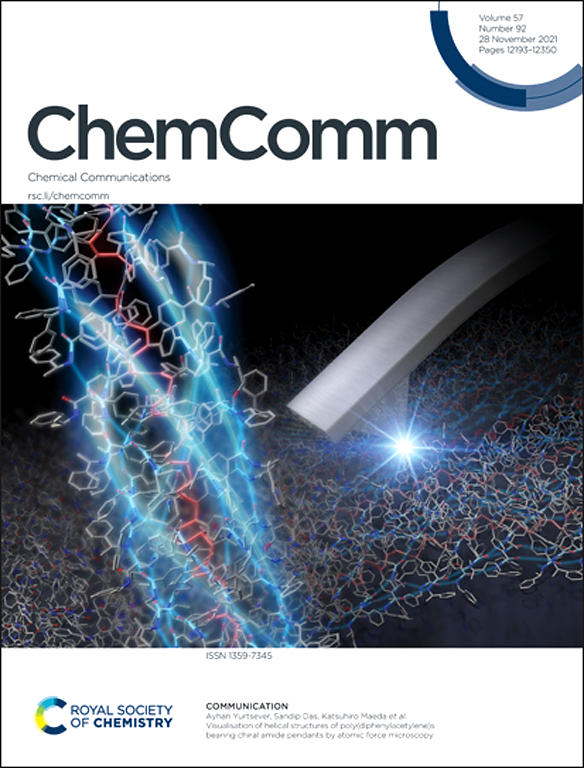Phase evolutions of sodium layered oxide cathodes during thermal fluctuations
IF 4.2
2区 化学
Q2 CHEMISTRY, MULTIDISCIPLINARY
引用次数: 0
Abstract
Layered transition metal oxide (NaxTMO2) cathodes are considered highly appropriate for the practical applications of sodium-ion batteries (SIBs) owing to their facile synthesis and high theoretical capacity. Generally, the phase evolution behaviors of NaxTMO2 during solid-state reactions at high temperature closely related to their carbon footprint, prime cost, and the eventual electrochemical properties, while the thermal stability in various desodiated states associated with wide temperature fluctuations are extremely prominent to the electrochemical properties and safety of SIB devices. Therefore, in this review, the influences of sintering conditions such as pyrolysis temperature, soaking time, and cooling rates on the phase formation patterns of NaxTMO2 are summarized. The competition between thermodynamics and kinetics during phase growth is extensively discussed. An overview on thermal stability enhancement strategies, such as elemental composition modulations, surface reconstructions, and polyphase symbiosis reported in previous works is provided. Furthermore, phase transition behaviors together with alterations in battery system temperatures under various electro-/chemical environments are discussed. Finally, we prospect the highly efficient preparations and high-heat-resistance designs of NaxTMO2 layered oxides.

热波动过程中氧化钠层状阴极的相演化
层状过渡金属氧化物(NaxTMO2)因其合成简单、容量大、成本低等特点,被认为非常适合用于钠离子电池(sib)的实际应用。一般来说,NaxTMO2在高温固相反应中的相生长过程与其碳足迹、初始成本和最终的电化学性能密切相关,而与宽温度波动相关的各种脱碳状态下的热稳定性对SIB器件的电化学性能和安全性至关重要。因此,本文综述了热解温度、保温时间和冷却速度等烧结条件对NaxTMO2相生长模式的影响。深入讨论了相生长在最高温度下的热力学和动力学竞争驱动行为。此外,对于NaxTMO2阴极的热稳定性,总结了在不同电/化学环境下随电池系统温度变化的相变行为。综述了以往研究中常用的热稳定性增强策略,如元素组成调制、表面重构、多相共生等。最后,展望了NaxTMO2层状氧化物的高效制备方法和热破坏规律。
本文章由计算机程序翻译,如有差异,请以英文原文为准。
求助全文
约1分钟内获得全文
求助全文
来源期刊

Chemical Communications
化学-化学综合
CiteScore
8.60
自引率
4.10%
发文量
2705
审稿时长
1.4 months
期刊介绍:
ChemComm (Chemical Communications) is renowned as the fastest publisher of articles providing information on new avenues of research, drawn from all the world''s major areas of chemical research.
 求助内容:
求助内容: 应助结果提醒方式:
应助结果提醒方式:


